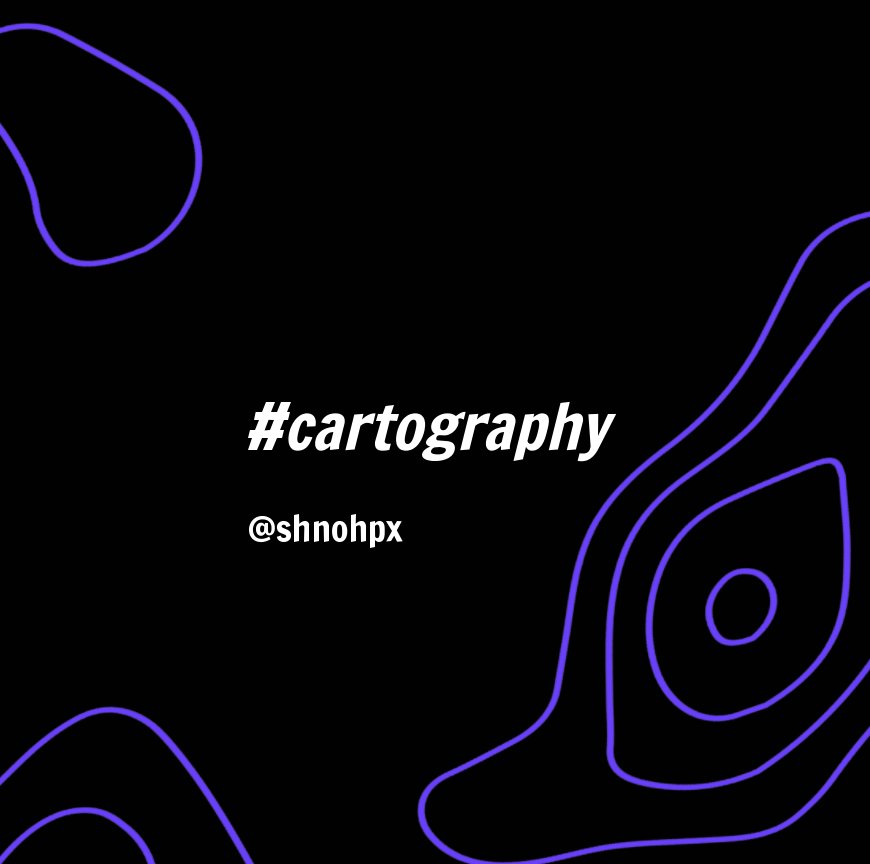#cartography 📌
#cartography (2018)
“Reading digital maps, then, becomes a process of decontextualization.”
Maps help us see a location before we can get there. They break down three-dimensional information into two dimensions.
On a traditional map, data such as direction, distance, and elevation are reduced to dots and lines. Anyone with a trained eye can contextualize this information to reconstruct a three-dimensional space in their imagination.
However, with digital maps, this process works in reverse.
Digital maps start on a blank globe with only the basic information of latitude and longitude.
Anything added to this data is a process of contextualization.
And with the advent of smartphones and social media, people are no longer alone in their efforts to contextualize.
Millions of smartphone cameras capture images of different locations around the world, which are then geotagged and added onto Google Maps, Instagram, or Snapchat to contextualize a digital map.
All it takes to see a location before you get there is searching for it and tapping through thousands of pictures, all from different angles and perspectives.
Reading digital maps, then, becomes a process of decontextualization.
After seeing different iterations of a single location, users have to strip each picture of its unique context to combine them all into an abstract idea of the location.
“In this project, images are shown together in pairs. The images on the left are Instagram photos tagged to a location, and the images on the right are my own images from the same location—all of people taking their own photos that will go on to contextualize a digital map.”
























